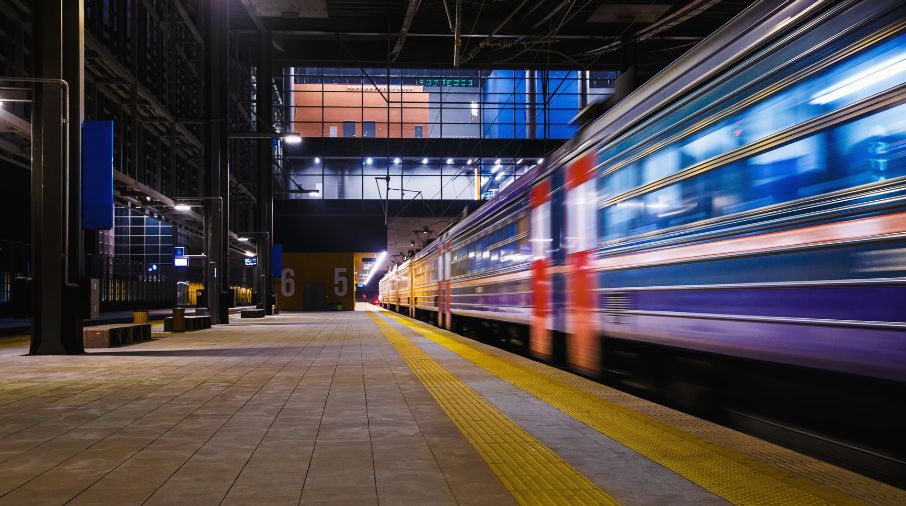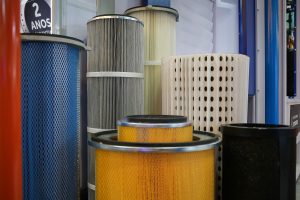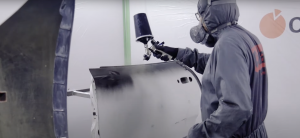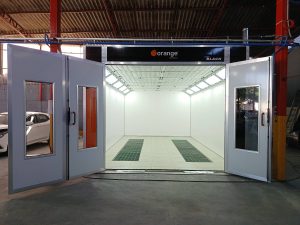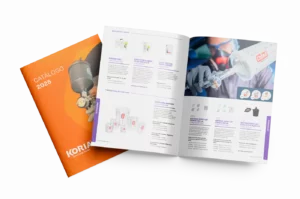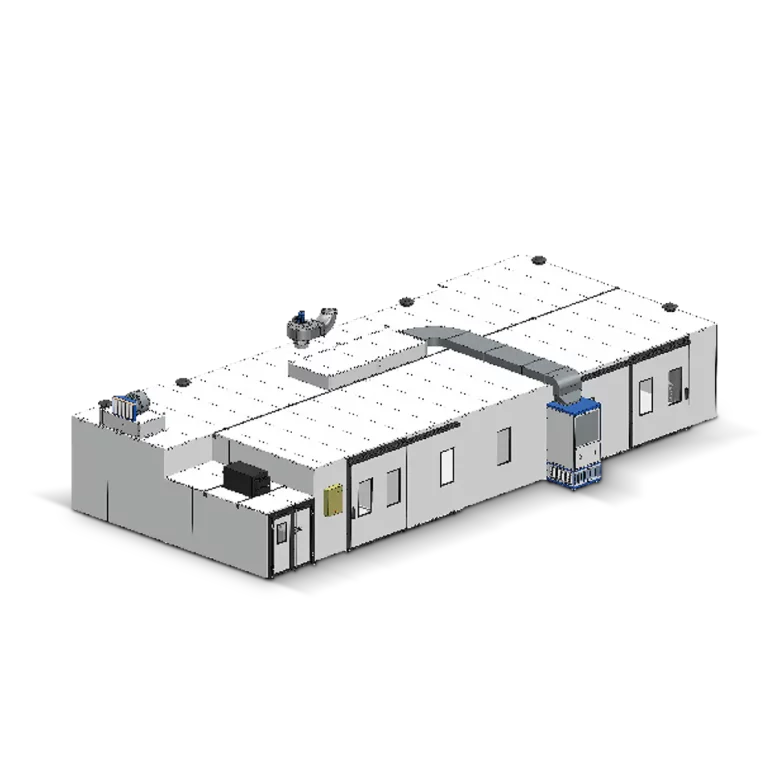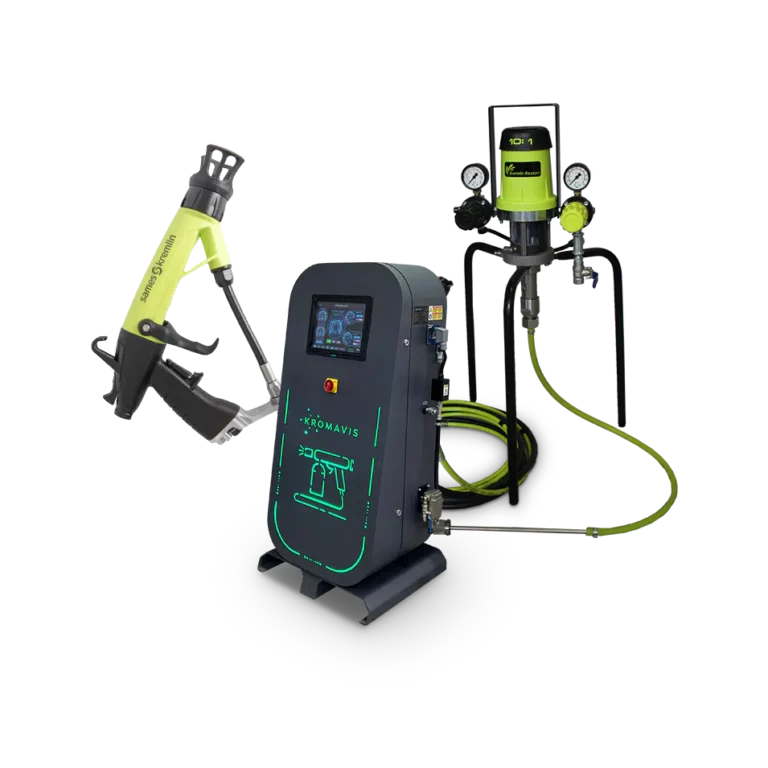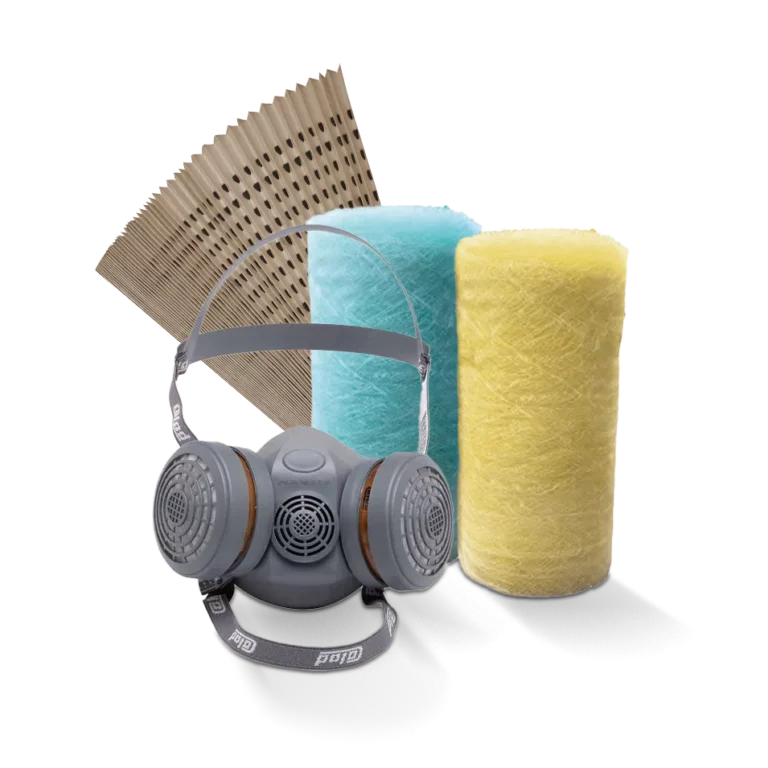Painting wagons and other train components has its own characteristics and materials, especially since these structures are larger and have different styles. These and other reasons mean that painting them requires not only powerful equipment, but also facilities that can support the size of these vehicles.
Below we will list the main differences between painting three vehicles in relation to other vehicles, what are the main precautions required when carrying out this finish and the importance of using painting booths created especially for this type of service in the search for a quality paint job that does not compromise the environment.
Differences in train painting
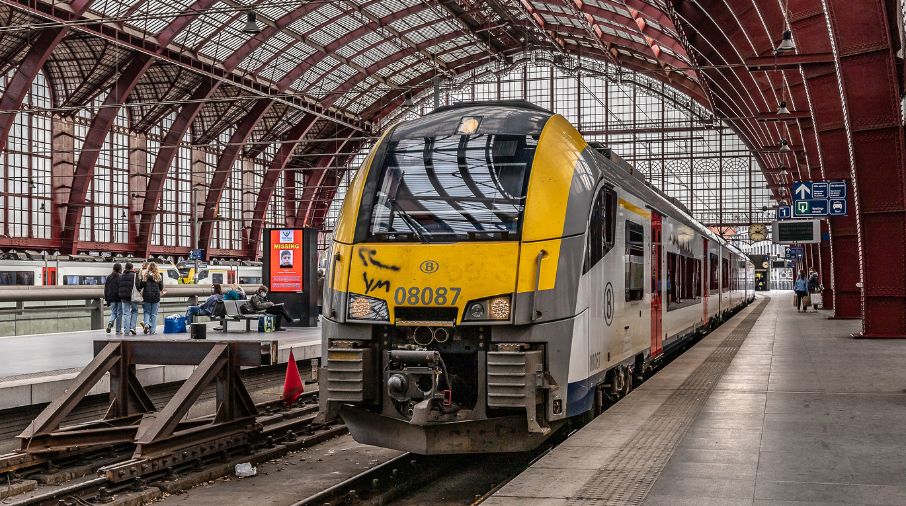
The industrial train painting process has some similarities with other processes used to paint other vehicles, such as cars, trucks, buses and even airplanes. However, train painting has its own particularities, especially related to the size of the structures, equipment and specific requirements for this type of finish. Let's learn a little more about these differences:
Size
Trains are significantly larger vehicles, which requires specialized equipment and facilities to accommodate this size. Train paint booths have a larger infrastructure and are often also specially configured to accommodate the height, width, and length of the cars. This size also affects logistics and transportation, which also requires specialized equipment and processes.
Surface preparation
While surface preparation is an essential step in any type of industrial painting, painting specifically for trains has its own characteristics and challenges. For example, trains feature complex geometries, including curved surfaces, protrusions and recesses, which require careful preparation to ensure adequate paint adhesion and coverage.
Additionally, trains are often subject to more severe environmental conditions and corrosion than other types of vehicles, requiring thorough cleaning, rust removal, and other corrosion protection measures.
Coating (first)
You primers which are nothing more than a combination of resin, solvent, additives and pigments that have the function of improving the adhesion and coverage of the paint, may be different from those used in other vehicles, especially if we take into account the environmental conditions faced by this type of vehicle.
For example, trains may require more robust coatings to withstand exposure to harsh weather conditions, industrial pollutants and abrasion. Therefore, train coating systems may include multiple coats of primer, basecoat and clearcoat to provide greater durability, corrosion resistance and color retention over time.
Application methods
While spray painting is the most common method of applying paint (and other coatings) to both trains and other vehicles, the scale and complexity of painting trains may require specialized application methods.
A common example is automated painting systems and robotic paint arms that can be used to achieve consistent coverage and finish across large train surfaces. Additionally, manual touch-ups and detailing may be required to address areas that are difficult to access or require precise application.
Compliance with environmental laws
Train painting may be subject to specific regulatory requirements and standards related to environmental protection, worker safety, and product quality. Compliance with regulations such as VOC (volatile organic compound) emission limits, hazardous waste disposal, and workplace safety standards can influence the choice of coatings, application methods, and operating procedures for train painting facilities.
Overall, while there are similarities between industrial painting processes for trucks, buses and other large-scale vehicles, differences in size, surface characteristics, performance requirements and regulatory considerations necessitate specialized approaches and equipment for painting trains.
Effective train painting requires careful planning, coordination and adherence to industry best practices to ensure durable, high-quality finishes that meet the unique needs of rail transportation systems.
Painting booths for trains
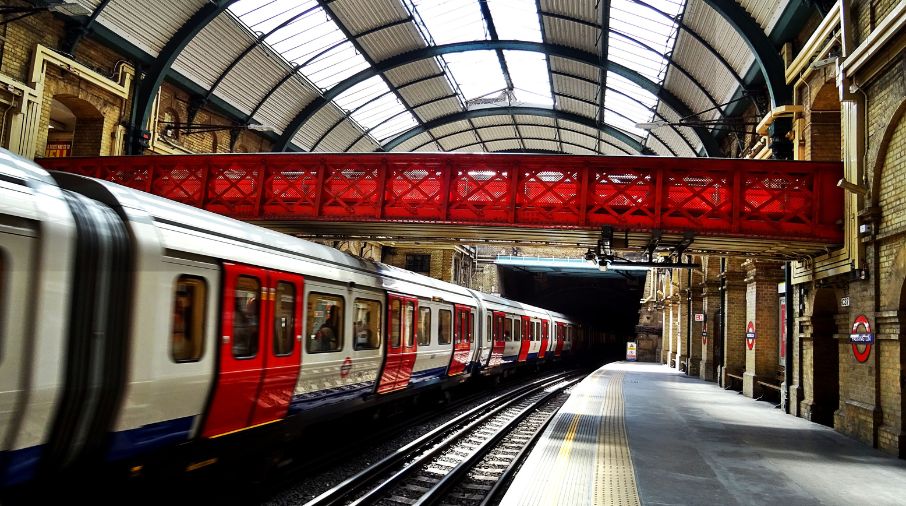
A paint booth plays a crucial role in the train painting process. These structures provide a controlled environment for paint application, ensuring efficiency, quality, and safety. Here are the main functions of a paint booth in the train painting process:
Containment
Spray booths are designed to contain overspray and prevent paint particles from escaping into the outside environment of the structure. This helps minimize air pollution, protects workers from exposure to hazardous chemicals, and maintains cleanliness in the painting area.
Purification
Painting booths are equipped with filtration systems that prevent dust particles, dirt and other dirt from entering the booth structure, compromising the quality of the finish and increasing the likelihood of rework.
Temperature and humidity control
Many paint booths are equipped with heating, cooling, and humidity control systems to maintain optimal paint application and curing conditions. Temperature and humidity control helps ensure proper paint adhesion, drying times, and overall coating quality.
Lighting
Paint booths are equipped with bright, even lighting that provides optimal visibility for painters and other workers. Proper lighting helps ensure accurate color matching, coverage, and surface preparation, as well as detect any defects or imperfections that may be found in the finish.
Security
Paint booths are designed with safety features such as fire suppression systems, explosion-proof construction, and emergency exits to protect workers and prevent accidents. These safety measures help minimize the risk of fires, explosions, and other hazards associated with paint spraying operations.
Overall, a paint booth provides a controlled environment that facilitates efficient, high-quality painting of trains while ensuring worker safety and minimizing environmental impact. It is an essential component of the industrial train painting process, enabling consistent results and adherence to quality standards.
To learn more about paint booths for large vehicles, check out the special projects for the greatest needs of Aspersul. These are projects created especially for companies that require large structures and quality finishing in the painting of their products.
Did you like this post? Share it with your friends or on social media. For more tips on painting and its equipment, visit our blog with exclusive content.
